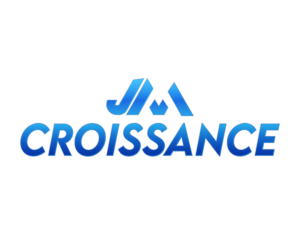It is a fact that business realities are dynamic and companies have to adjust or adapt frequently their tactical and operational strategies in order to adapt , cope or mitigate changing winds of the business sea.
It is very common that at certain stages of the cycle, the business might be obliged to make an adhoc decision either to cope with raw materials shortages or to improve the sale performance of some key trades intermediaries.
These adhoc decisions can be in the form of accepting to pay a premium for the supply of a scare inputs in order to maintain or reach a certain level of production or to pay special trade incentive in terms of rebates/discounts to some trade intermediaries (Dealers, wholesalers or retailers), depending on the structure of the Route to market and the market key enablers of the channel, in order to increase sales, the market share or improve the penetration of some specifics brands/products of the portfolio.
Most often, the intend of such decisions are meant to improve a periodic (year, quarter, semester) landing or reporting position and are expected to last couple of weeks or months “ONLY”.
As a finance Business Partner, the “Only” means absolutely “NOTHING” because Finance Business Partner should be concerned by the span of the impact and not the duration of the initiative.
Before formulating a recommendation on such decisions the finance business partner should make sure that he/she thoroughly assesses the impact. Although it is important to know the cash estimate of the initiatives, the analysis should go beyond that figure in order to check and validate the impact on the P&L (gross margin, Profits) but also other operational KPI’s like the cost per unit, the level of waste or the operational efficiency, the profitability (of the client, of the channel) etc….
As a minimum and in order to have a 360® view of the issue and efficiently assess the impact of the seasonality on the decision, the variables of the simulation (Volume, revenues, expenditures etc..) must be annualized.
Moreover, if the span is expected to go beyond 2 years, no need to mention that the outcomes should pass through the tests of the NPV, discounted PAYBACK and the IRR analysis.
Given the fact that Financial indicators are not the only drivers of such strategic decision, the Finance Business Partner must run at least 3 scenario (Pessimistic, realistic and worst case) in order to give a 3 dimensions understanding of the issue to the decision maker(s).
MOPHU Joel, MBA, CMA Experienced Finance Business Partner with more than 15 years practice across the world
